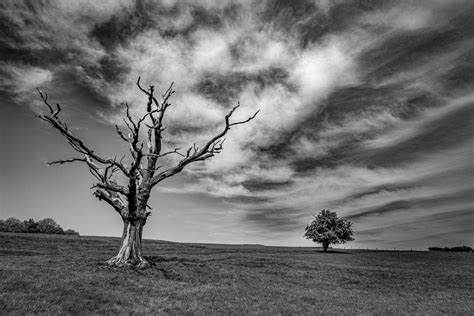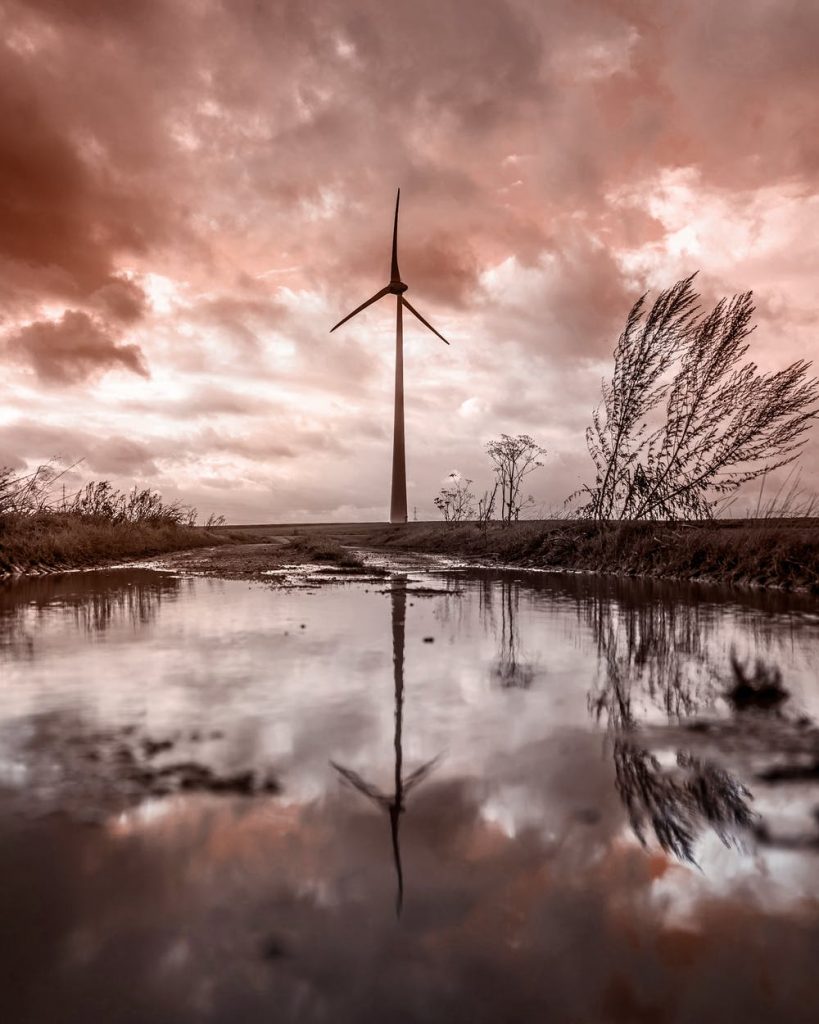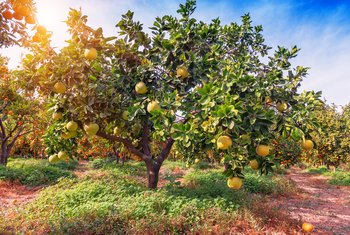Dream states, meditation, closing your eyes – all darkness. The child in the womb, the stars, the vast universe – all in darkness. Seeds planted in the ground – in darkness. Darkness is the breeding ground for all life. Who taught you to fear it? — social media wisdom

In this month’s issue, Patricia Doyne urges us to drop-kick 2020 to the curb. As she mentions in her second piece, illness and death from the global pandemic, along with ruptures caused by underlying social inequities, played a large role in the past year.
Bruce Roberts also writes of the pandemic, and also compares the departing US president to Shakespeare’s King Lear.
Ahmad Al-Khatat mourns the loss of a life to political violence, while Santiago Burdon explores the mental state of addiction, the loops of need and desire. Jack Galmitz’ speaker lies awake at night, missing and wondering about someone not present.
J.J. Campbell writes of our human frailty in plague times, mixing a bit more havoc and chaos in with his usual loneliness and pain.
Chimezie Ihekuna writes of love lost and found amid our human physical and psychological weaknesses and social injustices.
Other authors contribute thoughts and ruminations, exhalations of the subconscious in one form or another.

Daniel DeCulla poetizes on the human body through random whimsy, comparing his large male belly to his pregnant daughter’s. A. Iwasa reflects on the random day-jobs he held on his pathway to artistic creativity and social activism.
Jaylan Salah identifies and explores queer male visions and intimacy within current Egyptian cinema.
Dan Raphael starts his meditative pieces with ordinary life – weather, food, hikes, the calendar – and goes deeper through steady thought. Ferris Jones’ poems convey the fluid nature of many of our childhood memories and the different ways our mind can perceive time and space.
Norman J. Olson reflects on decades of his own personal history, following many Americans of his generation from the ‘farm to the city to the suburbs.’
Mark Murphy also probes history and memory through a poetic rendering of a painting of Renaissance political leaders and explorers.
Joan Beebe offers up a compassionate prayer for healing while R.S. Mengert reflects on death, grief, and renewal in pieces reminiscent of medieval mystics.
In Sheryl Bize-Boutte’s short piece, a teacher reaches out for comfort after her loved one suffers racially motivated violence.
Mahbub and John Culp both turn to nature to find reminders of renewal. Butterflies in early spring and a lemon tree in winter suggest to Mahbub that he can, as John Culp affirms, find strength through letting go and accepting the natural passage of seasons.
Ike Boateng showcases an annual masquerade parade in his home country, Ghana.

Mark Young’s poems speak to us of delicate moments, little interruptions, while Hongri Yuan’s writing, translated from Mandarin into English by Manu Mangattu, celebrates instances of spiritual transcendence.
We invite you to reach for moments of that nature as you read this month’s issue, and we hope that you find grace and inspiration even in these global circumstances.
